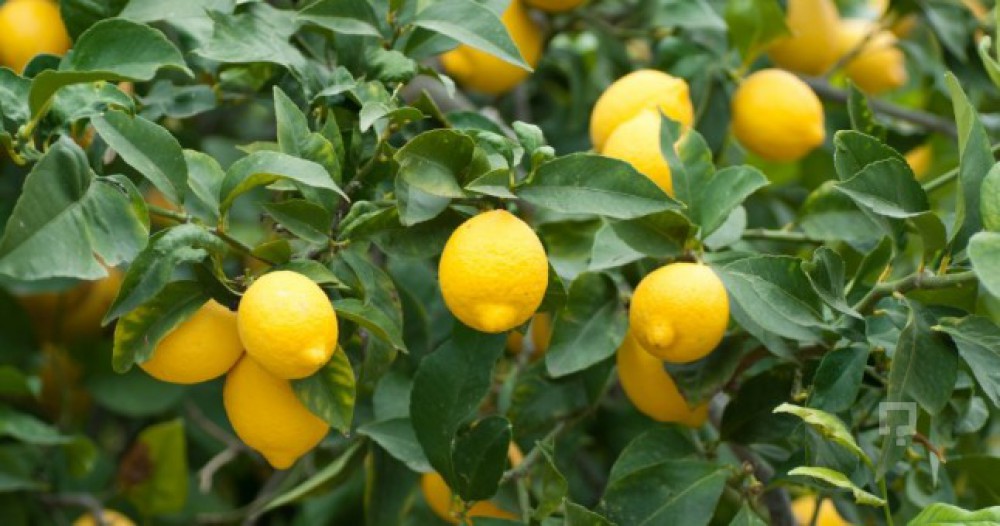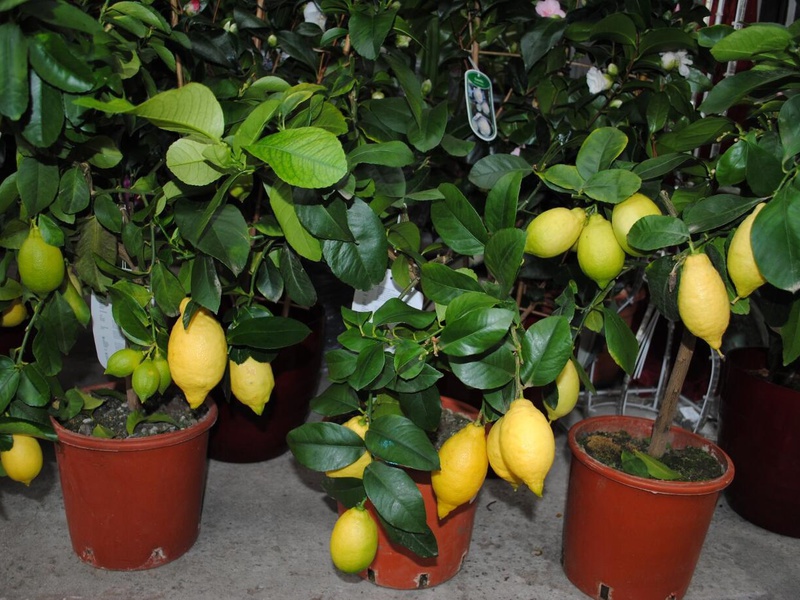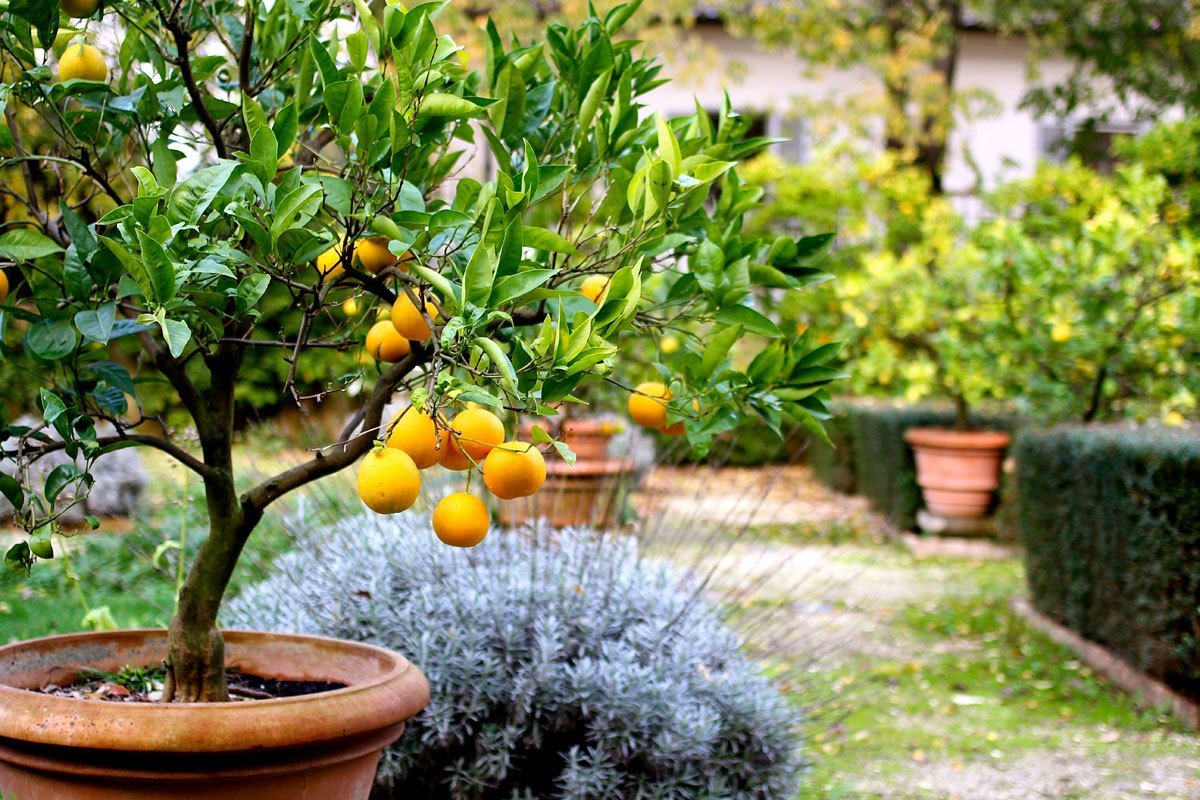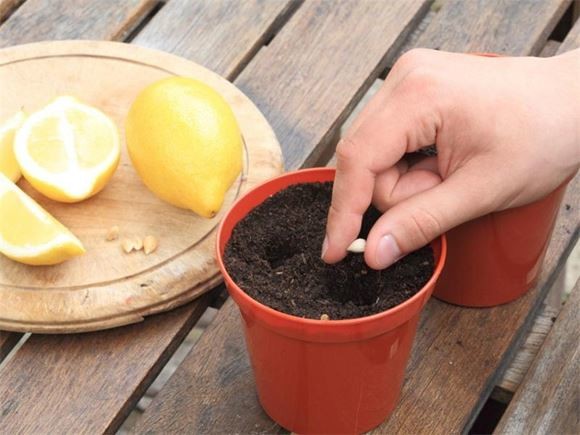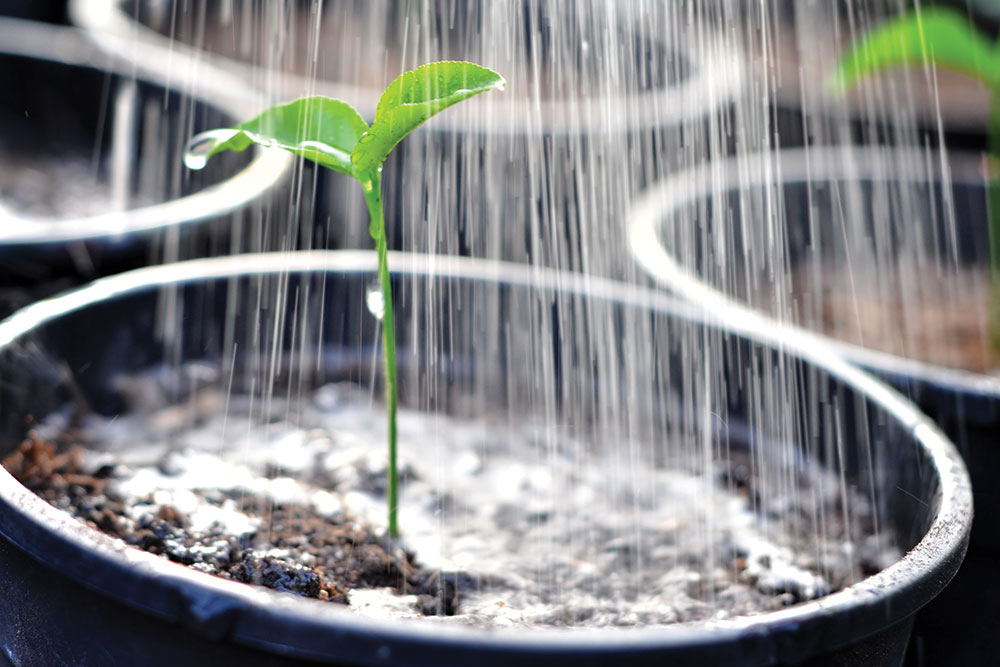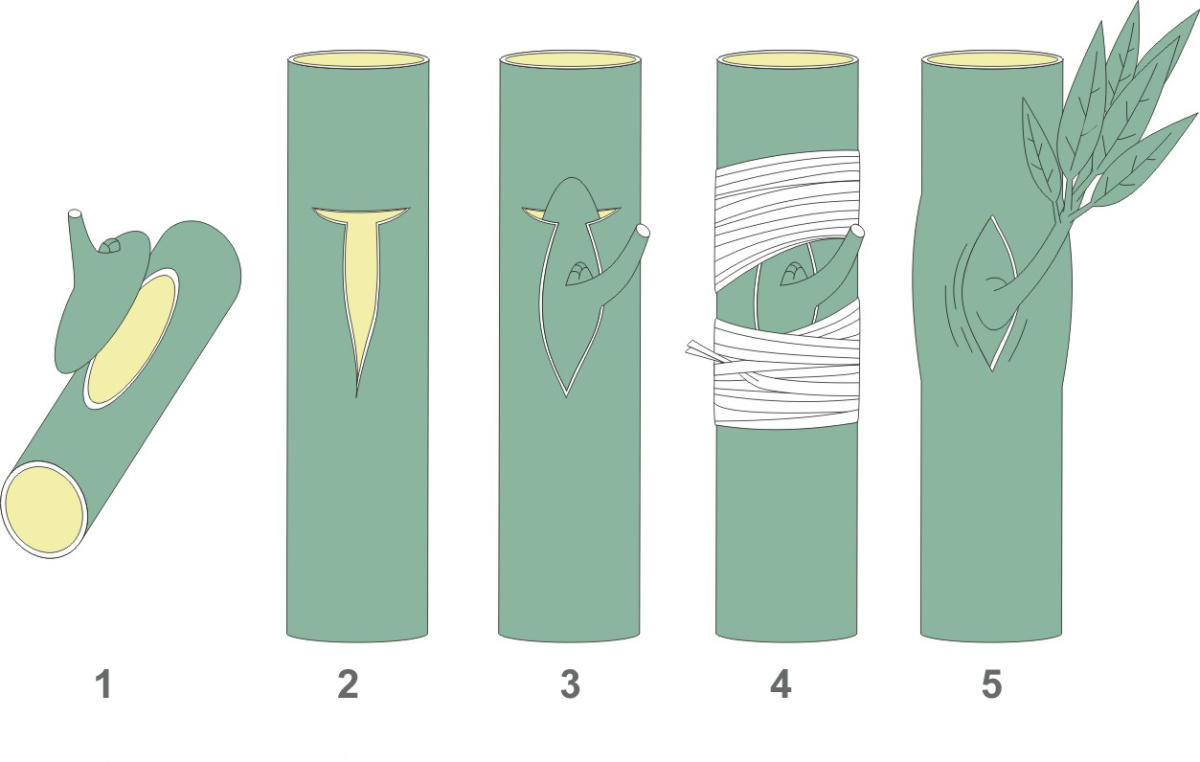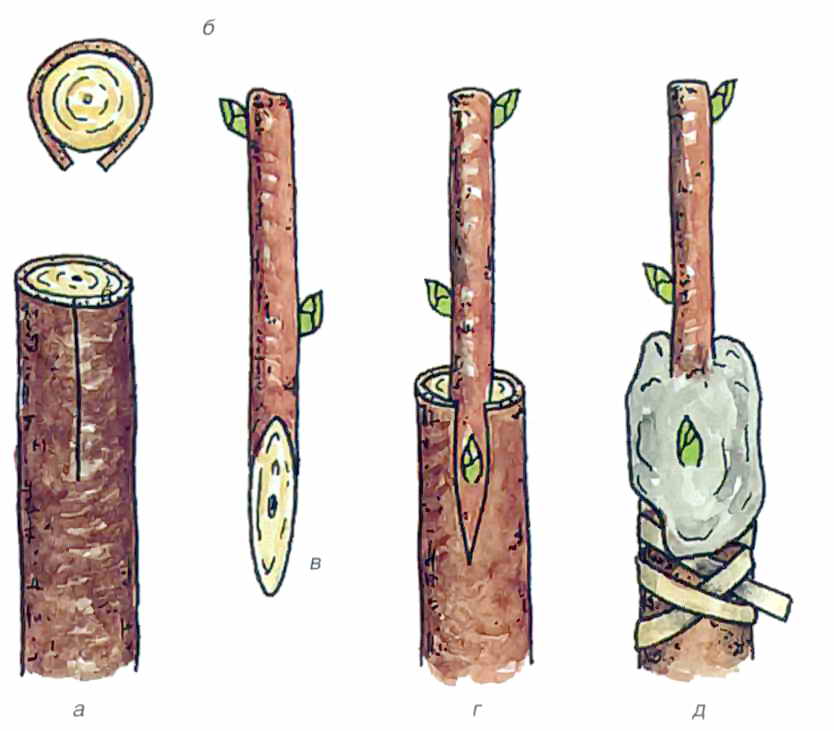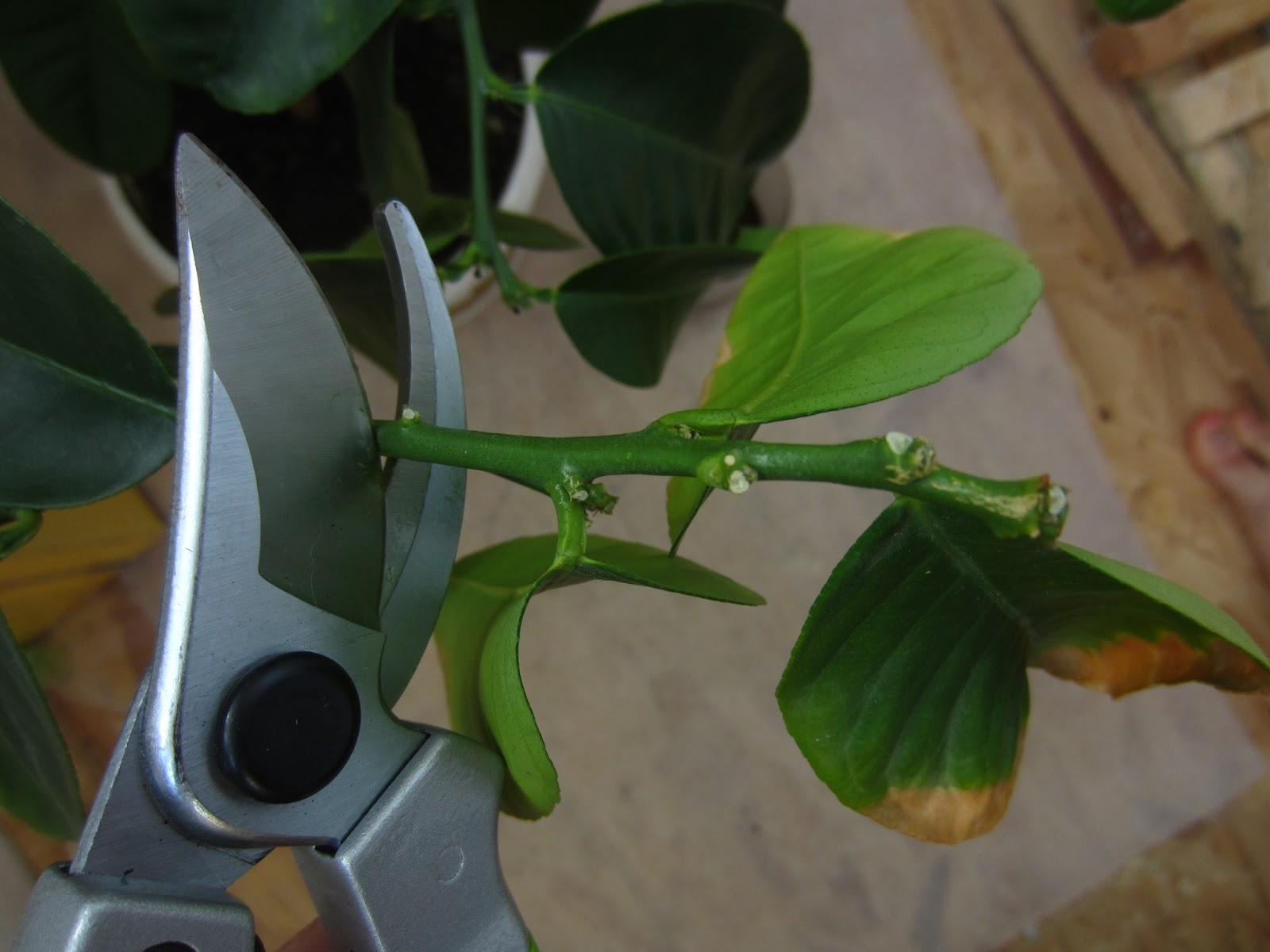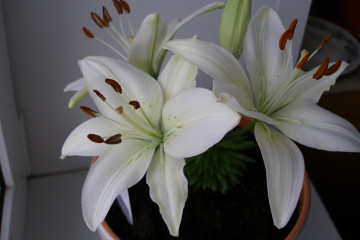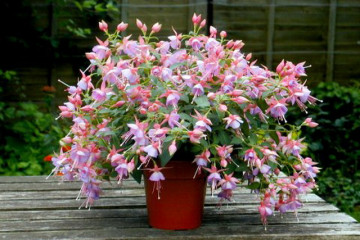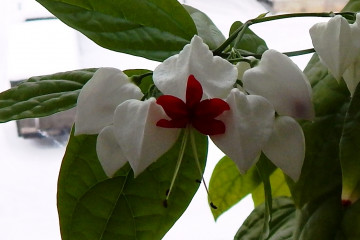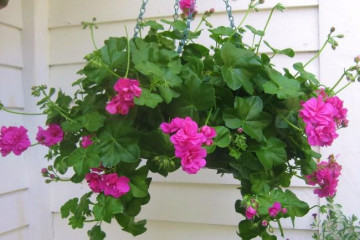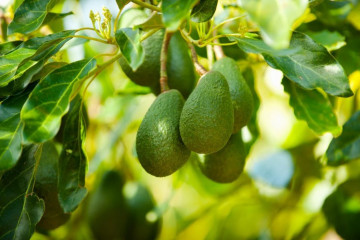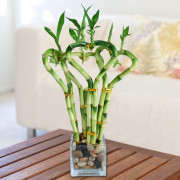How to care for a lemon growing at home in a pot
Content:
Homemade lemon is an interesting and original plant that can often be found in the home of flower lovers. It is not difficult to grow such a culture, it will decorate any corner, bring a touch of exoticism and a light fresh aroma. Despite the fact that the lemon tree grows well as an indoor flower, getting its fruits is a rather difficult task, requiring patience, knowledge and special care.
The lemon tree is one of the most sought-after citrus fruits native to the tropics. It is grown commercially in India, China, USA, Italy. It needs warmth and high humidity for harmonious development. In nature, culture grows more than two meters in height.
In order to wait for the fruiting of a houseplant, you need to learn some of the nuances and tricks of how to care for a lemon at home in a pot. An important role is also played by the choice of the variety - if the plant should carry not only a decorative function, you should choose a tree that can fully develop in a limited space.
Description of culture
Indoor lemon is an evergreen dwarf tree with thorns on its branches. Lemon leaves are bright green, oblong, very dense. They contain glands with essential oils that bring a pleasant, fresh citrus scent to the room. Young pagons stand out with a rich violet-purple hue. The buds develop in about five weeks. The flowers are white, collected in an inflorescence, characterized by a pronounced aroma. One flower can live up to nine weeks.
The fruit ripening process can take more than nine months. They are generally ovoid with a tubercle at the base. Color and size may vary: from deep green to pale, almost yellow or striped. There are lemons weighing more than 100 g, there are smaller ones - up to 50 g.
Decorative properties of lemon
Thanks to its beautiful crown, exotic look, lemon will become an adornment of any corner in the house or on the terrace. The plant is evergreen, looks great all year round, gives a fresh, refined aroma. Beautiful fragrant flowers and ripening fruits add piquancy and originality. The shape of the crown is controlled by pruning.
The best varieties for home
The best varieties for home growing:
- Pavlovsky. One of the best indoor varieties. The tree is unpretentious, self-pollinated, tolerates poor lighting. Lemon grows up to two meters, bears fruit well - on average 20 fruits per season. An older plant is capable of producing up to 60 lemons. The fruits are characterized by an expressive odor and few seeds. The period of flower formation is the beginning of spring and autumn.
- Volcano. Dwarf tree - grows no more than one and a half meters tall, a hybrid of lemon and kumquat. A hardy plant that is not afraid of temperature fluctuations and low humidity.It is characterized by small fruits up to 4 cm in length, with a thin skin.
- Kiev large-fruited. An excellent option for growing in the middle lane - in the summer the plant can be taken outside, planted in a greenhouse. It is characterized by continuous flowering - the tree is capable of bearing fruit 4 times a year. The fruits are large, tasty, the leaves and flowers are large, very fragrant. For higher yields, the crown must be cut.
- Meyer's lemon. A dwarf variety, characterized by good productivity, small, very sour and juicy fruits. Demanding in care - needs frequent watering, top dressing. Reacts poorly to lack of light and changes in air temperature.
- Genoa. It is characterized by high-quality, medium-sized (about 100 g) fruits. Lemons are oval, bumpy, bright yellow or greenish. The pulp is tender, juicy, not too sour, the peel is edible, thick, poorly separated.
- Eureka. The variety is valued for its decorativeness - a beautiful broad-leaved crown and small fruits, often with a color reminiscent of a watermelon: striped, yellow-green. The pulp is an interesting pink color, very sour, but juicy.
The safest way to grow a tree of a suitable variety is to buy a seedling in a specialized store. More complex and time-consuming options are the grafting method, grafting and planting seeds.
Care rules and growing problems
In order to grow a lemon tree at home, you need to provide the plant with optimal conditions and learn the basic principles of how to care for a lemon. The culture needs regular watering and good lighting, but does not respond well to direct sunlight, the light must be diffused. The best place in the house is the south and east side. Lemons can be placed on a windowsill or glazed balcony.
Basic rules of care:
- Temperature requirements. Lemon is a southern plant that loves heat very much and is sensitive to its changes. In summer, the culture develops well at a temperature of 25-30 degrees, in winter 14-17 degrees is enough. It is important that the difference between day and night temperatures does not exceed 4-5 degrees. If it is too hot, the tree may throw off the buds; in cold weather, it may not form them at all.
- Humidity level. Lemon is a tropical plant that needs moisture, regular watering, spraying. The minimum humidity level for the harmonious development of the culture is 60 percent. With a lack of it, the lemon leaves will begin to dry and curl.
- Care at different times of the year. At different times of the year, growing lemon has its own characteristics. In the spring, the tree begins to grow intensively, gaining green mass. During this period, it needs more sunlight, regular ventilation of the room. The culture responds well to feeding. When a stable heat comes, it is better to move the lemon to the balcony or terrace, take it outside. Experienced flower growers recommend dropping a tree in the garden for the summer period. Such rest helps to strengthen the plant, accumulate energy for the whole year. Particular attention should be paid to the place for the lemon - it is necessary to exclude drafts, direct sunlight, flooding during rain. In the fall, the plant returns to the room, the leaves are thoroughly washed, the branches and the trunk are examined. The lemon is placed in a permanent place. The frequency of watering is gradually reduced. In winter, most plants go into a state of dormancy, care is minimized: leaves are sprayed, watering is carried out only when the soil dries out. With a lack of lighting, fluorescent lamps are used. Some lemons leave in the winter with fruits on the branches. In this case, it is necessary to continue the usual care of the plant: water, spray, fertilize and provide lighting. At the end of winter, you can cut dry or diseased branches, if necessary, transplant a tree.
- Pollination of lemon in a pot.Lemon flowers are bisexual, the tree is most often self-pollinated. If problems arise and the ovaries are not formed, you can use the preparations "Ovary", "Bud". Another method that gardeners sometimes use is hand pollination. Pollen is removed from one flower with a cotton swab and gently transferred to the stamen of another. This is a very meticulous process that requires precision and patience.
- Pest and disease control. The lemon tree is quite resistant to diseases and pests. The causes of the disease can be improper care, contamination of the soil or other plants, weakened immunity. The main pests:
- Aphid. With a small number of insects, leaves break off, the plant is well washed. If there are a lot of aphids, the lemon is treated with insecticides, the land changes (heat treatment must first be carried out).
- Shield. The leaves are washed with soapy water, if necessary, treatment with insecticides is carried out.
- Spider mite. Boric acid solution is used.
- Sooty fungus - the plant is washed, the room is ventilated.
- Scab, wart (a common reason why leaves and fruits begin to fall off) - the affected areas are removed, the plant is treated with Bordeaux liquid (5%).
- Hommosis, root rot - the plant is removed from the container, the affected areas of the roots are removed, treated with a solution of potassium permanganate. The soil should be replaced with a new one, the plant should be planted. Under no circumstances should the root collar be buried.
Lemon viral diseases cannot be cured.
How to grow a lemon from a seed
Growing a lemon from a seed at home is the least expensive way to propagate and get a beautiful fruit-bearing tree. In addition, the plant grown in this way is strong, easily adapts to the necessary conditions.
Conditions for seed germination
One of the criteria that affect the cultivation of lemon is the quality of the planting material. The seeds for planting should be freshly harvested, dried for several hours at room temperature. It is better to plant several seeds at once - not all will germinate, and already formed shoots may die.
Preparing a place for a seedling
For seed germination, the optimal conditions are a shaded place, with a temperature of 17-22 degrees. It is advisable to cover the container with a jar and cling film to create a comfortable humid microclimate. When a sprout appears, the film is removed, the pot is moved to a well-lit, warm place.
Citrus primer
For growing lemon, a ready-made citrus mixture is used, which can be purchased at a specialized store. It will not be difficult to prepare the ground yourself: you need to mix sand, sod soil and humus. Drainage - fine gravel - must be placed on the bottom of the tank.
Pot selection
First, the seeds are planted in small containers (plastic cups). When leaves appear, you need to monitor the number of shoots. If there are two of them on one sprout, then one must be removed. When the pagon gets stronger, forms a developed root system, it can be transplanted together with an earthen clod into a pot of the appropriate size. Better to use a ceramic or clay pot with a tray.
Watering mode
Lemon is a moisture-loving plant, it must be watered with settled water at room temperature.Watering is necessary when the soil in the pot dries up (approximately 2-3 times a week). If you overdo it with moisture, you can harm the plant - the roots will begin to rot. The leaves begin to turn yellow and fall off, the plant weakens. Novice growers often confuse this condition with a lack of moisture and water the plant even more abundantly.
Spraying the leaves and soil affects the lemon much more effectively. In hot weather, you can spray the tree 2-3 times a day - this procedure not only refreshes and nourishes the plant, but also washes away the dust, giving it the opportunity to breathe.
There are also some tricks used to keep the lemon hydrated:
- Wet expanded clay is poured into the pallet - it evenly saturates the soil with fumes.
- The plant moves to the kitchen, where the humidity is always higher.
- Domestic flowers are grouped together - thus improving the microclimate, moisture is retained.
Temperature regime
During the period of seed shoot germination, the air temperature should not exceed 20 degrees. During active growth and formation of ovaries, in spring and summer, lemon needs warmth - it feels good at temperatures up to 30 degrees. During the rest period (in winter), comfortable conditions for the tree are up to 17 degrees.
How to plant a lemon tree
The seed lemon begins to bear fruit 6-7 years after planting. To speed up this process and grow a tree of your favorite variety, you can use the grafting method.
If you plant a lemon correctly, then it will begin to bear fruit for 2-3 years.
To complete the process, it is necessary to grow a seedling, give it time to grow stronger, and develop roots. The second stage is to prepare high-quality maternal material. It can be a stalk of an adult lemon of a variety intended for home growing. You will also need some material: pruning shears or a sharp knife, tape, garden pitch, damp cloth.
The best period for vaccinations is April-August.
Budding method:
- Disinfection of hands and instruments is carried out.
- At a trunk height of 5 cm, a T-shaped incision is made on the bark - horizontal 1 cm and vertical 2.5 cm.
- The grafting branch is cut at an angle (a thin plate with bark should remain).
- A stalk is inserted into the incision - it should adhere tightly to the tree.
- The vaccination site is wrapped with adhesive tape.
You can inoculate two buds at the same time.
Split grafting method:
- A tree is cut off at a level of 5 cm.
- The grafting material is selected - it must match the size of the trunk.
- An oblique cut of the scion is made (in the form of a blade) and a horizontal incision with a depth of 2-3 cm on the trunk.
- The branch is inserted into the incision, the grafting site is wrapped with tape and processed with garden varnish.
All leaves are removed from the grafted plant, the lemon is covered with a glass jar or bottle. If the scion turns black after a few days, the vaccine has failed.
In the process of growing a lemon tree, it must be fed with fertilizers for citrus fruits, rich in trace elements of zinc and boron. Pruning has a good effect on high-quality fruiting. First, the central shoot is cut at a height of 20 cm. The branches of the second and third order need to be pinched when they grow 18 cm, flower buds form on the shoots of the fourth order.
Growing a lemon tree at home in order to get its fruits is a painstaking, lengthy process that requires a lot of effort and patience. It is necessary to ensure the correct temperature, humidity and lighting levels. Reproduction of lemon from a stone is the most affordable option for novice gardeners. Having carried out a high-quality grafting, you can expect a harvest already 2-3 years after planting a tree.
